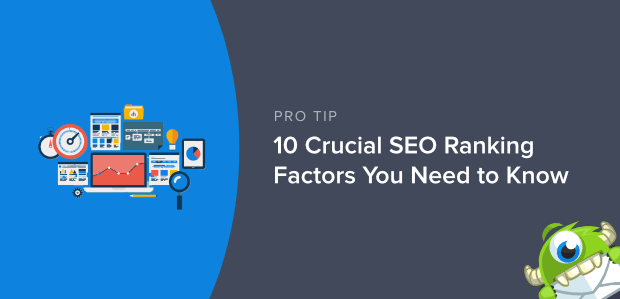
Are you looking to enhance your website’s visibility and outrank your competitors on search engine result pages (SERPs)? In today’s digital age, search engine optimization (SEO) plays a crucial role in driving organic traffic to your website. By implementing effective SEO strategies, you can improve your website’s search engine rankings and attract more targeted visitors. In this article, we will explore some essential techniques to optimize your website for better search engine rankings. Let’s dive in!
1. Conduct Thorough Keyword Research
Keyword research forms the foundation of any successful SEO campaign. It involves identifying and targeting specific keywords and phrases that your target audience is likely to search for. Start by brainstorming relevant topics and then use keyword research tools such as Google Keyword Planner, SEMrush, or Ahrefs to identify high-volume keywords with low competition.
Once you have a list of target keywords, strategically incorporate them into your website’s content, including headings, titles, meta descriptions, and body text. However, ensure that you maintain a natural and reader-friendly flow of content without overstuffing keywords.
2. Optimize On-Page Elements
On-page optimization focuses on optimizing individual web pages to improve their visibility in search engine rankings. Here are some key elements to optimize:
Title Tags
The title tag is an HTML element that defines the title of a web page. It is displayed as the clickable headline on the SERPs. Craft unique and descriptive title tags for each page, incorporating relevant keywords to improve their visibility and click-through rates.
Meta Descriptions
Meta descriptions are brief summaries displayed below the title tag on the SERPs. They provide users with a snapshot of your page’s content. Optimize meta descriptions by including compelling copy, a call-to-action, and relevant keywords to entice users to click on your website.
Header Tags
Header tags (H1, H2, H3, etc.) organize your content into sections and provide structure to your web page. Optimize header tags by incorporating target keywords naturally and using them to introduce different sections of your content.
URL Structure
Create SEO-friendly URLs that are concise, descriptive, and include relevant keywords. Avoid lengthy URLs with unnecessary parameters or numbers, as they can confuse both search engines and users.

Image Optimization
Optimize images by compressing their file size without compromising quality. Use descriptive file names and include alt tags that contain relevant keywords. Image optimization improves page load speed and enhances the user experience.
3. Publish High-Quality and Relevant Content
Content is the backbone of any successful SEO strategy. Creating high-quality, informative, and engaging content is crucial for attracting and retaining visitors. Here’s how you can optimize your content:
Use Subheadings
Break your content into logical sections using subheadings (H2, H3, etc.). Subheadings make your content more scannable and help search engines understand the structure and relevance of your content. Incorporate target keywords naturally into your subheadings to improve keyword optimization.
Incorporate LSI Keywords
LSI (Latent Semantic Indexing) keywords are words and phrases related to your target keywords. Including LSI keywords in your content helps search engines better understand the context and relevance of your content. Use tools like LSIGraph or Google’s related searches to identify LSI keywords.
Write Longer, Comprehensive Articles
Long-form content tends to perform better in search engine rankings. Aim to create in-depth articles that provide valuable insights and cover the topic comprehensively.
